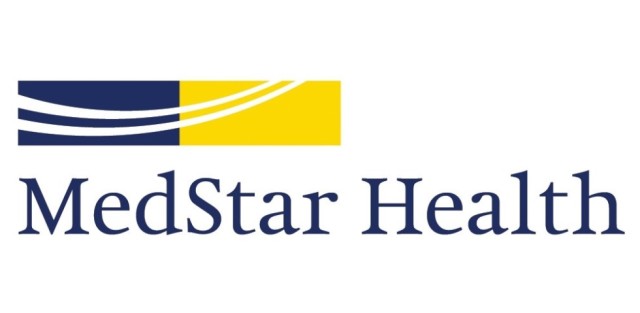MedStar attack apparently enabled by unpatched software

When news broke at the end of March that MedStar Health, a large hospital operator in the metropolitan Washington, DC area, had shut down its computer systems in response to a malware attack, initial speculation on the cause of the infection reflected a general assumption that one or more of the company’s 30,000 employees must have fallen victim to a phishing scam. Numerous reports by the Washington Post and other major media outlets cited information provided by unnamed hospital employees as evidence that the MedStar network had been hit with a ransomware attack, in which data files are encrypted by attackers who offer to provide a decryption key in return for payment. Neither MedStar nor law enforcement agencies investigating the attack have confirmed that ransomware was involved; instead, official MedStar statements emphasized the work being done to bring systems back on line and fully restore normal operations.
Hospitals and other health care organizations are often assumed to have relatively weak security awareness and training programs for their employees, raising the likelihood that a clinical or administrative staff member might fail to recognize a suspicious link or email attachment and unwittingly introduce malicious software. The HIPAA Security Rule requires security and awareness training for all personnel working for covered entities (and, thanks to provisions in the HITECH Act extending security and privacy rule requirements, to business associates too) but HIPAA regulations do not specify the content of that training so it is up to each organization to make sure their training covers relevant threats. The HIPAA security rule includes “procedures for guarding against, detecting, and reporting malicious software” within its standard for security awareness but here too offers no practical guidance on how organizations should protect themselves against malware.
About a week after the attack occurred, Associated Press reports published by the NBC affiliate serving Washington, DC attributed the MedStar attack to the successful exploitation of an unpatched vulnerability in a widely used application server technology. The vulnerability in JBoss software components incorporated in multiple products from Red Hat and other large vendors was disclosed in 2010 and has been fixed in versions of software products released since that time. Despite the widespread availability of patched versions of the software, systems in many organizations remain vulnerable. This exploit is targeted by a specific ransomware attack (known as Samas or samsam) that has been around for more than two years and, as recently as last week, has been seen with increasing frequency by security researchers. Unlike many other types of ransomware that rely on phishing to compromise systems and spread, attackers who find vulnerable JBoss servers can deploy Samas without any action on the part of users in the targeted organization. The implication of the Associated Press report is that the MedStar attack was in fact ransomware, although by all indications the organization chose to recover its systems and data from backups rather than pay to remove the encryption presumably put in place by the attack.
 SecurityArchitecture.com
SecurityArchitecture.com
